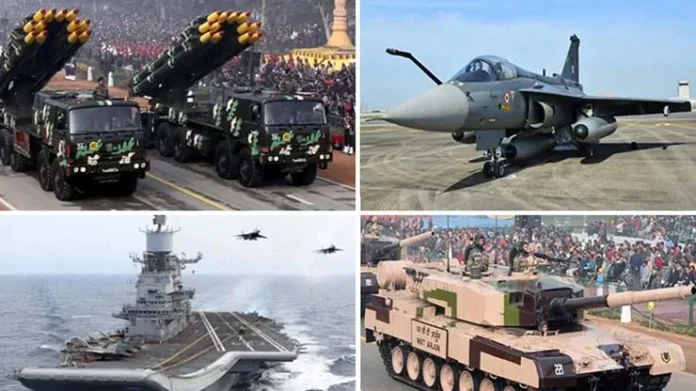The indigenous CE20 cryogenic engine that powers the upper stage of the LVM3 underwent a successful ignition trial on February 7, 2025, using a multi-element igniter under vacuum conditions, simulating engine ignition in the vacuum conditions of space. This test was conducted at the ISRO Propulsion Complex’s High Altitude Test Facility in Mahendragiri, Tamil Nadu.
In this test, a multi-element igniter was used to ignite the engine thrust chamber in vacuum under tank pressure conditions that are anticipated to exist when the cryogenic engine is restarted in flight. During the test, the engine and the facility operated normally and according to expectations.
Because restarting a cryogenic engine is a complicated process, ISRO is investigating starting turbopumps in bootstrap mode instead of using the stored gas system as part of its restart operation studies. Under tank head conditions, it is anticipated that the gas generator and thrust chamber will both re-ignite in this method. In order to improve the capability, ISRO has described a set of tests for engine starts in bootstrap mode.
In the past, the multi-element igniter engine ignition test was conducted outside of the vacuum chamber in ground conditions. The engine is already qualified for the Gaganyaan mission and can run at thrust levels between 19 and 22 tons in flight with a single start. ISRO’s Liquid Propulsion Systems Centre developed the engine.


